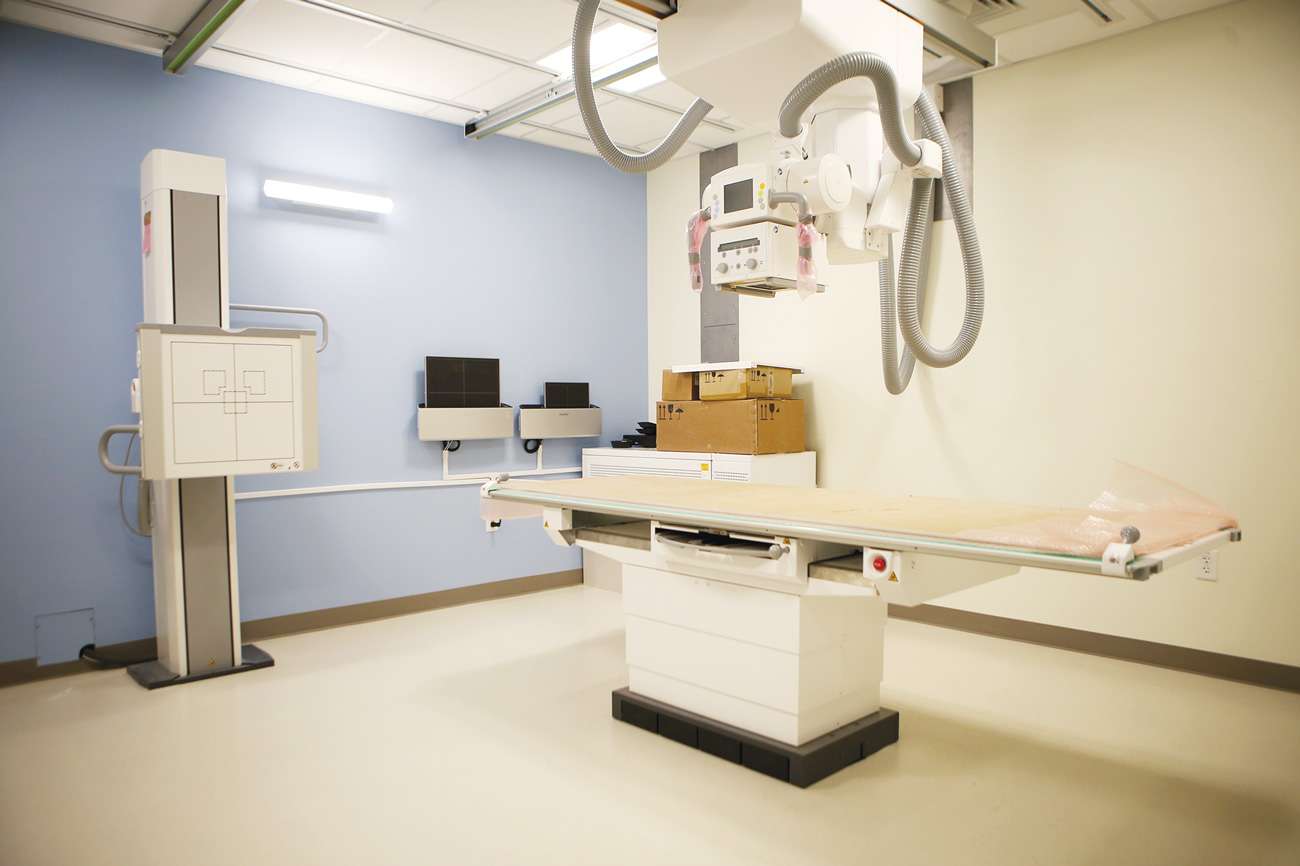Alap Davé
We are living through the most significant healthcare crisis to face a rich world nation in the post-World War II era. Americans are spending more than four times as much per capita on healthcare today than we were in 1980.
Healthcare spending in the United States has increased from $74.1 billion in 1970 to $4.1 trillion in 2020.
Consumers need to be able to afford the industry’s offerings for our healthcare system to properly support the society within which it functions.
According to a 2018 study by Harvard University and London School of Economics researchers, pharmaceutical spending per capita was $1,443 in the U.S. compared to a range of $466 to $939 in other nations.
The study also confirmed “that the U.S. has substantially higher spending, worse health outcomes, and worse access to care than other wealthy countries.” The industry is not working for everyday Americans. We are in urgent need of intentional, meaningful reform.
Current healthcare reform proposals have focused on increasing access, improving the quality of care and reducing costs. This rings true across the aisle: from proposals put forth at different points by President George W. Bush to President Barack Obama to GOP House Speaker Paul Ryan to independent senator Bernie Sanders.
As we consider future reform, we should concentrate on aspects of past reform initiatives that targeted cost reduction for patients and their families. The Bush administration and Ryan proposals aimed to reduce costs by encouraging market competition.
The Obama administration’s Affordable Care Act attempted to reduce costs through cost-saving measures such as requiring “charity care” programs of nonprofit hospitals.
A lack of transparency is a critical shortfall in today’s healthcare industry. We can achieve greater price transparency by requiring providers to disclose their prices for procedures and services.
The Centers for Medicare and Medicaid Services promotes price transparency through its Hospital Compare website and the Hospital Price Transparency guidelines, allowing patients to compare the cost of care across different hospitals and providers while supplying data on the quality of care provided. The scope of these programs, however, is limited.
Private websites such as Healthcare Bluebook and Healthgrades are also effective, but further development of price transparency in the healthcare industry would encourage a healthier market.
Furthermore, policies should be in place to prevent anti-competitive behavior, such as price-fixing and collusion among providers. The Federal Trade Commission and the Department of Justice enforce federal antitrust laws prohibiting anti-competitive behavior in the healthcare industry.
A less concentrated market would reduce inefficiency and open doors for an increased supply of medical professionals.
Broadening the medical professional pipeline while maintaining current competency and ethics standards is another crucial step in reducing healthcare costs. According to the Association of American Medical Colleges, America is facing a shortage of up to 139,000 physicians by 2033.
The burdensome cost of healthcare troubles both individual consumers and the economy as a whole.
Bringing down costs would allow more Americans to afford the necessary care, reduce the stringent financial burden on businesses, and foster economic growth.
These pathways are an effective means to reduce costs, and these reforms are well past due. It is time for America to settle its debt with its people.
Alap Davé is an associate in the Bush Institute-SMU Economic Growth Initiative.

